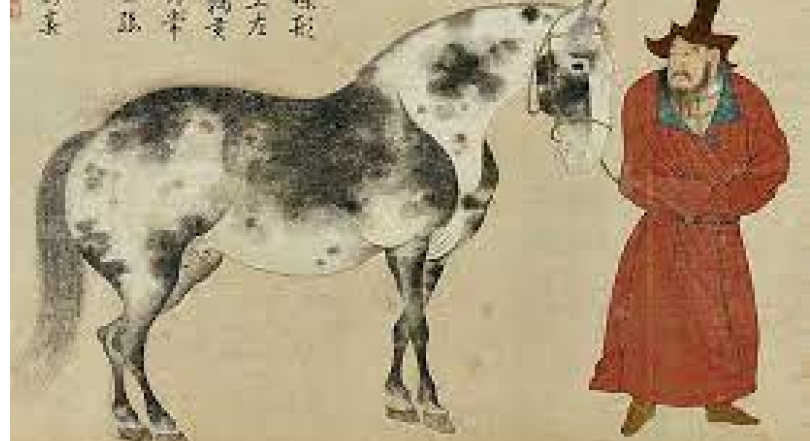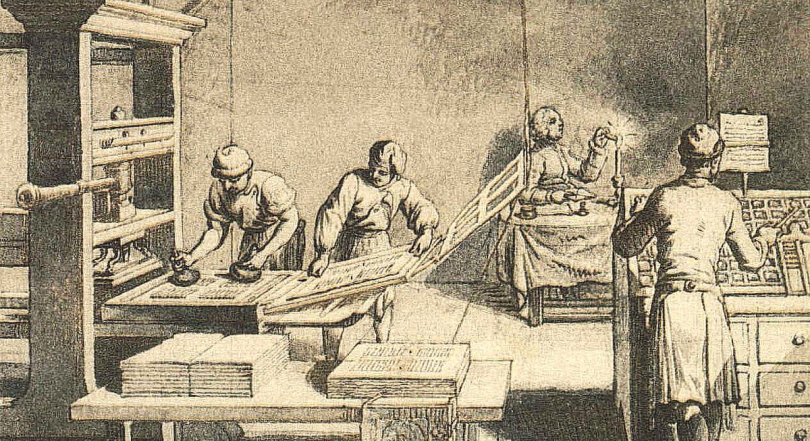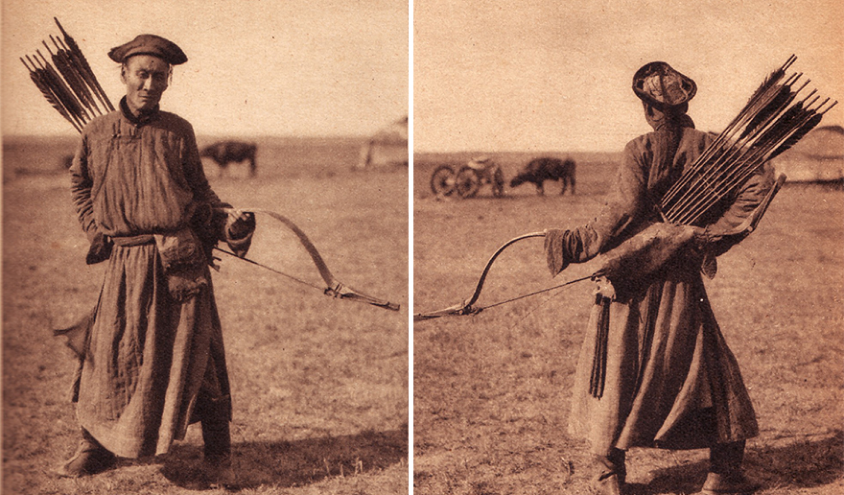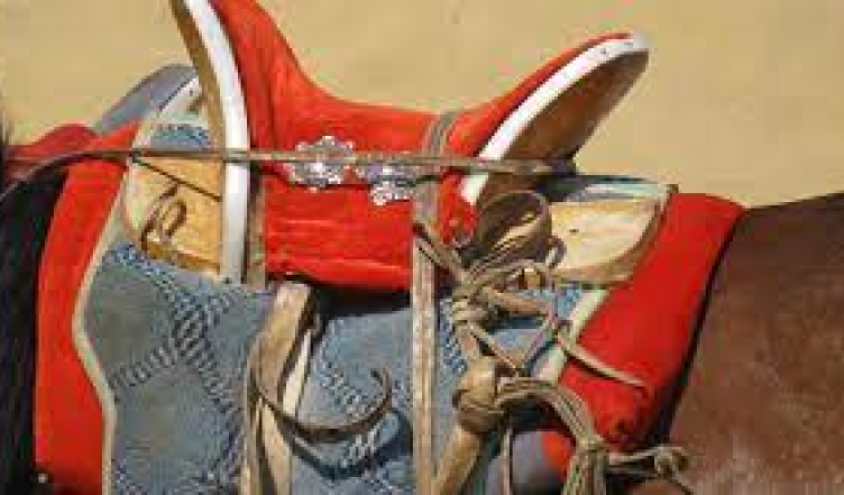The pages of history testify that the Mongol Empire, an extensive empire stretching across Asia and Europe during the 13th and 14th centuries, was more than a conqueror’s realm. The Mongols promoted new ideas, technologies, and cultural exchanges. Here, we will discuss how the five innovations Mongol Empire promoted and how their legacy still affects today’s world.
5. The Postal System

The postal system was developed in the 13th century by Genghis Khan, the founder of the Mongol Empire. The system was called the Yam system, and it was used to transmit messages across the Mongol Empire quickly and efficiently.
The Yam system was made up of relay stations that were located at regular intervals along the main trade routes. Riders would travel between the stations, carrying messages that were written on paper or parchment.
History of Genghis Khan by Rashid al-Din discusses that the Yam system was not just a postal system but also a network of intelligence gathering. Riders carried messages and gathered intel, which was relayed to the Mongol court for military strategy and policy.
Historian Peter Frankopan wrote in his book The Silk Roads: A New History of the World:
“The Mongol postal system was one of the most impressive feats of statecraft in world history. It was a vast network of relay stations that stretched from the borders of China to the gates of Vienna.”
4. The Art of Papermaking

The Mongols adopted papermaking from China and spread it to other parts of their empire. This innovation made it possible for the Mongols to create written records and disseminate information more easily. This led to the development of new forms of literature and art, as well as the spread of knowledge and ideas throughout the Mongol Empire.
The Mongols used a variety of materials to make paper, including hemp, rags, and even tree bark. They developed unique techniques for making paper, which were more efficient and less labor-intensive than the Chinese methods. Mongol paper was prized for its quality and was often used to create high-value goods, such as maps, books, and works of art.
3. Using Compass For Military and Logistical Operations

The Chinese were the first to develop the compass, but the Mongols were the first to use it for navigation and military purposes. The Mongols were very innovative people, and they were always looking for ways to improve their technology.
They saw the potential of the compass for navigation and quickly adopted it into their military and logistical operations. This helped them to become one of the most powerful empires in the world, and it had a lasting impact on the development of trade and communication in Eurasia.
2. The Mongol Bow

The Mongol bow was a powerful and versatile weapon made from composite materials. It was lightweight and robust, making it easy to carry and use. The bow was also accurate and could be fired quickly, making it a formidable weapon against mounted and foot soldiers.
The Secret History of the Mongols, a 13th-century anonymous text, describes the Mongol bow in great detail. It mentions that the bow could shoot arrows over 300 yards. Genghis Khan and the Making of the Modern World, a 2004 book by Jack Weatherford, discusses the importance of the Mongol bow to the Mongol military. Weatherford argues that the bow was a significant factor in the Mongol’s success, allowing them to conquer a vast empire that stretched from China to Europe.
1. Mongol Saddle

The Mongol saddle was a development of the Turkish saddle, but it was made lighter and more portable using thinner wood and leather. It also had a higher pommel and cantle and was equipped with stirrups. A “lamination technique,” which involves bonding several layers of wood or leather, played a crucial role in making the saddle.
According to a 2008 Paper by David Morgan, the Mongol saddle was equipped with stirrups. This was a significant innovation, making it much easier for the rider to shoot arrows from horseback.
The Mongol saddle had a higher pommel and cantle than the Turkish saddle. This was done to provide more support for the rider, especially when riding over rough terrain. The higher pommel also protected the rider from arrows and other projectiles.
Final Word
The Mongol Empire, often remembered for its vast conquests, was also a crucible of innovation. From reshaping communication with the Yam postal system to revolutionizing warfare with their advanced bows and saddles, the Mongols were pioneers of progress. Their legacy isn’t just about the lands they conquered but also about the ingenious ideas they shared, ideas that still echo in our modern world.

